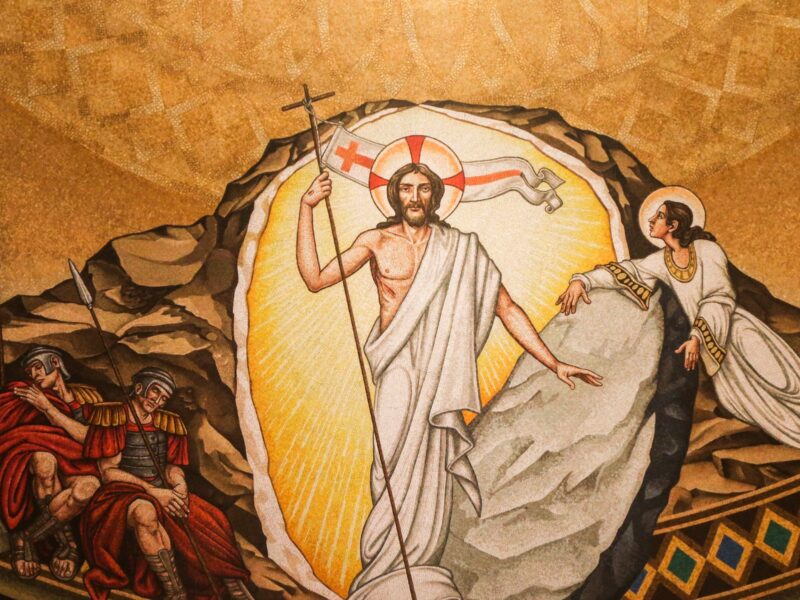
The Sign of Ashes
Ash Wednesday. Fr Fergus Kerr preaches on the meaning of the ashes placed on our foreheads at the beginning of Lent each year.
Ashes are always significant. The remains of a camp fire in the woods; of a picnic; or of a bonfire. Signs of companionship; a family outing; a festive occasion. The remains of a bush fire, destroying many miles of forest, burning many animals to death, devastating many people’s lives. Something even much more terrible: Lower Manhattan after 9/11. Even more terrible still: Auschwitz, Treblinka.
Ashes may be signs of happiness and laughter; ashes may be signs of terror and unspeakable sorrow. More personally, there are the ashes in the urn after cremation, to be scattered or interred in the family grave, the remains of someone dearly loved.
In 1930, the philosopher Ludwig Wittgenstein, a soldier in the First World War, confided this strangely prescient remark to his journal:
Out of the previous culture there will be heap of rubble and finally a heap of ashes; yet, over the ashes, spirits will hover.
Wittgenstein had doubts about the way European civilization was going, but he could not have foreseen what was to happen. By 1938 he had to become a British subject so that he could visit Vienna without fear of being arrested as a Jew.
Ash Wednesday, Dies Cinerum, ‘The Day of Ashes’, dates at least from the eighth century. It’s the day on which the faithful have their foreheads marked with ashes in the shape of a cross. It’s the beginning of Lent, the forty days of fasting and abstinence, the traditional preparation for the annual celebration of Easter in the Catholic Church.
Receiving ashes on the head as a sign of sorrow for sin was a practice in England at least by the tenth century. The Anglo-Saxon homilist Aelfric recommends it, warning us with the terrible example of a man who refused to go to church for the ashes on Ash Wednesday and who a few days later was accidentally killed in a boar hunt. It is mentioned as a universal custom in the West for both clerics and faithful in the Synod of Beneventum in 1091.
In the New Testament, and often in the Hebrew Bible, we hear of people who repent of their sins putting on sackcloth and sprinkling their heads with ashes. The symbolism is much deeper and more complex than we could define. Much deeper than merely symbolizing our need for repentance from our sins. Like all such ancient primitive ceremonies.
Originally, no doubt, this use of ashes to signify penance was a matter of private devotion; then part of the official rite for reconciling public sinners; then soon extended to all the faithful, in acknowledgement that we are all sinners. The ashes that we put on our foreheads on Ash Wednesday are the residue of the palms with which we celebrate the entry of Jesus into Jerusalem on Palm Sunday, the beginning of Holy Week.
The symbol of repentance rises out of the symbol with which the advent of the Saviour is acclaimed, the beginning of our re-enactment of the mystery of our passing with Christ from death to resurrection, our liberation from the grip of our old ways into the freedom of new life in Christ’s Holy Spirit.
Year after year, as we receive the ashes on our foreheads, we remember that it is out of dust that we have come and that it is to dust that we shall return. It is in the sweat of our face that we eat bread, till we return to the ground out of which we were taken (Genesis 3: 10). And yet, for all our mortality, for all our inclination to sin, for all the sorrow with which we are afflicted, the ashes are always there, the symbol of repentance, humility and conversion.
However terrible things are, and in our time things have been very terrible and are likely only to become worse, there is the unquenchable hope, in the rubble, in the ashes, of the continuing presence of the Spirit, of the hovering of the souls of those who have gone before us, of the blessed interceding for us, waiting to receive us into their company in communion with the Blessed Trinity: Father, Son and Holy Spirit.


